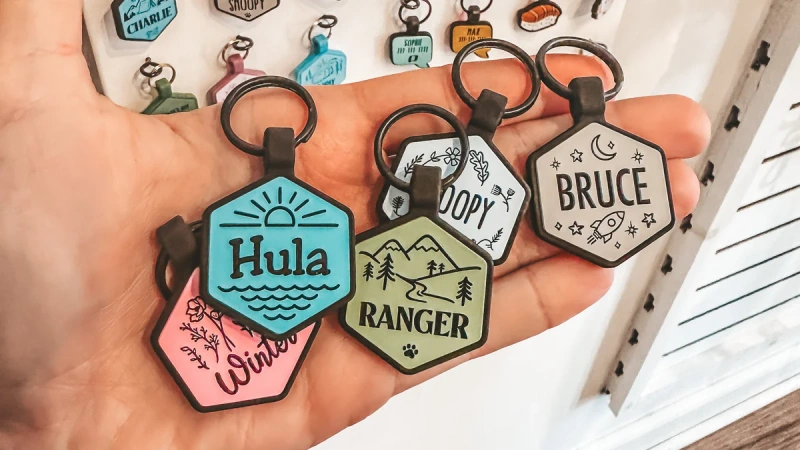Dog harnesses have become a popular alternative to collars for many dog owners. However, dog trainers often express reservations about their use, particularly in training contexts. This guide explores the disadvantages of harnesses according to trainers, their advantages, recommended harness types, and answers to frequently asked questions.
Disadvantages of a Dog Harness, the Trainers Say
- Encouragement of Pulling Behavior: Many trainers argue that harnesses, especially those that clip on the back, can encourage dogs to pull. This is because dogs do not experience discomfort when pulling, which reinforces the behavior and can become a habit that is difficult to break.
- Delayed Communication: Harnesses can delay the communication between the dog and the owner. When a trainer uses a collar, a quick flick of the wrist communicates effectively. However, with a harness, the signal is transmitted to the dog’s shoulders, leading to confusion and a lack of clarity about commands.
- Reduced Control: Harnesses can offer less control over a dog, particularly larger or stronger breeds. This can make it challenging for owners to manage their dogs during walks, especially in distracting environments.
- Potential for Physical Strain: Some trainers express concerns that harnesses can place excessive pressure on a dog’s shoulders and hips, potentially leading to long-term health issues, especially in young or developing dogs.
- Difficulty in Training: Harnesses may impair a dog’s ability to respond to leash pressure effectively, making it harder for them to learn proper leash manners.
Harness Advantages, the Trainers Say
Despite the criticisms, trainers acknowledge some advantages of harnesses:
- Safety for Certain Breeds: Harnesses can be safer for dogs with respiratory issues, such as brachycephalic breeds (e.g., pugs), as they distribute pressure across the chest rather than the neck.
- Better for Puppies: Harnesses can be beneficial for puppies that are still learning leash manners, as they reduce the risk of injury to the neck from pulling.
- Control During Activities: Harnesses can provide better control for dogs during activities like hiking or for those that may need assistance getting up.
- Escape Prevention: Harnesses are less likely to slip off than collars, making them a good option for dogs that are adept at escaping their collars.
What Dog Harness Does the Trainer Recommend
For those considering a harness, trainers often recommend specific types that address pulling while providing better control:
- Front-Clip Harnesses: These harnesses attach the leash at the front, which helps redirect the dog when it pulls, making it easier for owners to guide their dogs back to their side.
- No-Pull Harnesses: These are designed to discourage pulling by applying pressure in a way that encourages the dog to stop pulling and return to the owner’s side.
- Adjustable Harnesses: A well-fitted harness is crucial. Trainers recommend harnesses that have multiple adjustment points to ensure a snug fit without restricting movement.
Whether You Should Use the Dog Harness for Your Dog
The decision to use a harness should depend on the individual dog’s needs and behavior:
- Consider Your Dog’s Behavior: If your dog pulls excessively or has not yet learned proper leash manners, a harness may be a useful tool in conjunction with training.
- Health Considerations: For dogs with specific health issues, a harness may be a safer choice than a collar.
- Training Needs: If you are committed to training your dog to walk politely on a leash, a collar may be more effective in the short term, while a harness can be used as a supplementary tool.
FAQ
Is a harness better than a collar for a puppy?
Yes, harnesses can be better for puppies as they reduce the risk of neck injuries and provide better control during training.
Are harnesses bad for dogs?
Harnesses are not inherently bad, but they can encourage pulling and may not provide the same level of communication and control as collars. It’s essential to choose the right type and fit.
Do Dog Trainers Recommend Harnesses?
Trainers may recommend harnesses for specific situations, such as for dogs with health issues or puppies. However, they often prefer collars for training purposes to promote better leash manners.
Conclusion
While dog harnesses offer several advantages, particularly in terms of safety and comfort for certain breeds, trainers often caution against their use for training purposes. The choice between a harness and a collar should be made based on the dog’s behavior, health needs, and the owner’s training goals. Understanding the pros and cons of each option can help owners make informed decisions that enhance their dog’s training and well-being.



